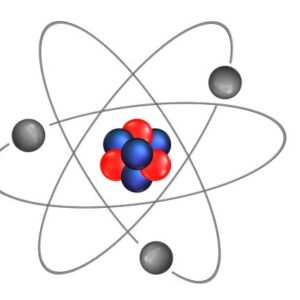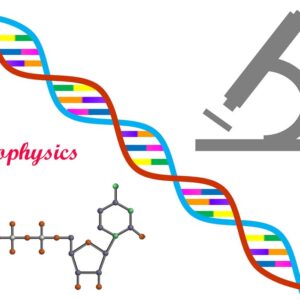
The area of physics known as particle physics examines the characteristics and actions of subatomic particles including protons, neutrons and electrons as well as the particles that interact with them such photons and neutrinos. As it frequently involves particles with very high energies and energies far higher than those in ordinary matter it is sometimes known as high-energy physics.
The investigation of the underlying constituents of matter and the forces that control their interactions is one of the key topics in particle physics. This includes researching the fundamental constituents of matter, quarks and leptons as well as the electromagnetic strong and weak forces that control their interactions.
The investigation of the characteristics and conduct of particles not found in ordinary matter such as the Higgs boson and particles predicted by theories other than the Standard Model of particle physics is another significant area of particle physics.
The study of a particle’s characteristics and behaviour in high-energy settings, as those present in particle accelerators, where particles are accelerated to extremely high energies and collide, is also included in the field of particle physics. This enables particle physicists to investigate the characteristics of matter and energy at extremely high energies and it has produced a number of significant findings including the identification of the Higgs boson.
In industries including medical, energy production and national security, particle physics offers a wide range of practical applications. Particle accelerators for instance, are employed in the treatment of cancer and research into the characteristics of subatomic particles is crucial for the creation of new technologies like transistors and computer chips.
The investigation of antimatter, a kind of matter with the opposite charge to that of normal matter and its characteristics and behaviour is another crucial area of particle physics. In order to comprehend why there is so little antimatter in the cosmos and to investigate its possible applications in industries like health and energy production particle physicists examine the characteristics of antimatter.
The study of neutrinos’ characteristics and behaviour is a branch of particle physics. Neutrinos are subatomic particles with extremely low mass and weak interactions with matter. They are abundantly created in nuclear processes and by the sun, supernovae and cosmic rays among other natural occurrences. We can learn more about the characteristics of matter and the universe through the study of neutrinos.
Particle physics and cosmology share a strong relationship in the study of the creation, structure and development of the universe as a whole. In order to comprehend the characteristics of the universe and its past, such as the makeup of dark matter and dark energy particle physicists use theories and models from the field of particle physics.
The hunt for new physics outside of the Standard Model of particle physics also heavily draws on particle physics. This includes researching ideas that predict the presence of new particles and forces beyond those already known such as supersymmetry and extra dimensions.
In addition to the creation of detectors and particle identification methods, particle physics has many practical applications in the sphere of technology including the use of particle accelerators in business, research and medical.
Overall, the study of subatomic particles and the fundamental constituents of matter is covered by the varied and quickly developing discipline of particle physics. It has a wide range of useful applications and is crucial in influencing how we perceive the universe its characteristics and its past.









